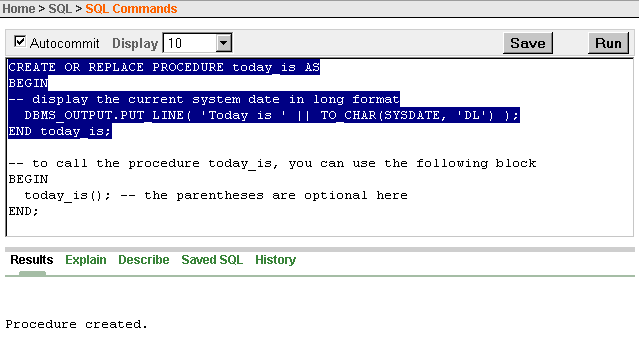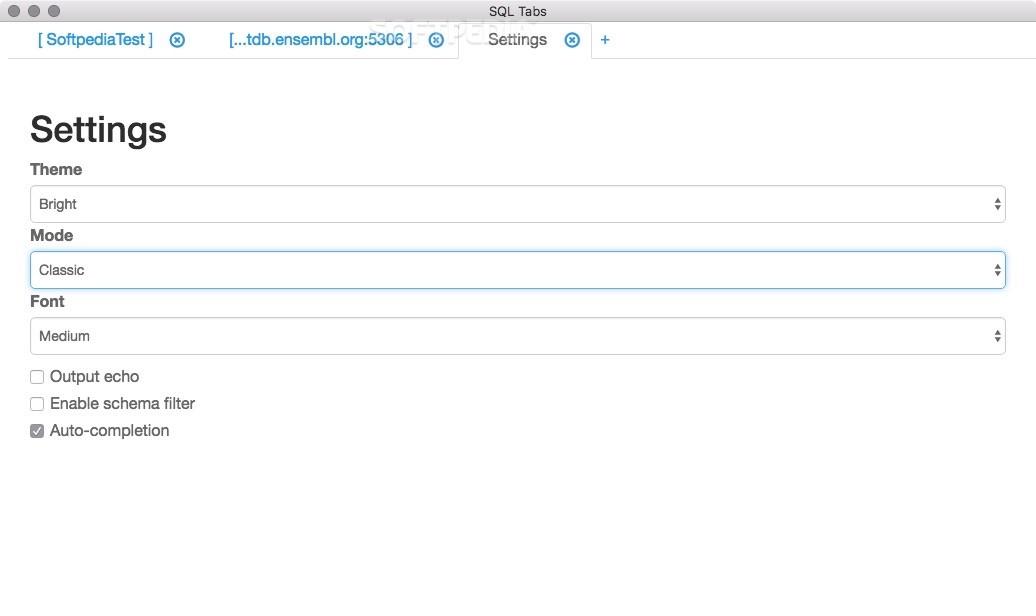

- SQL TABS NOT GETTING A RESPONSE FROM DB HOW TO
- SQL TABS NOT GETTING A RESPONSE FROM DB SOFTWARE
- SQL TABS NOT GETTING A RESPONSE FROM DB PASSWORD
You can enable port 1433 on the MS-SQL server in two ways: If a port is disabled, the local machine will ignore any communication requests made through that port. In previous versions of MS-SQL server, port 1433 was enabled (open) by default, but as a hardening procedure implemented to improve security of the MS-SQL server, port 1433 is disabled in current versions of MS-SQL Server.
SQL TABS NOT GETTING A RESPONSE FROM DB HOW TO
You must identify and disable/enable the correct firewall.ĭue to the many combinations and existing firewall software, it is beyond the scope of this FAQ to describe how to disable and enable the various types of firewalls.
SQL TABS NOT GETTING A RESPONSE FROM DB SOFTWARE
Enable the firewall and can enable the port 1433 to test the connection.įirewalls can be embedded in the Windows operating system of the local machine, part of your antivirus software package or locally installed software made by a third party software firewall company. If you are not able to connect to the MS-SQL server when the firewall is disabled, the port 1433 itself might be disabled.

If you are able to connect to the MS-SQL server when the firewall is disabled, you can create a firewall rule granting either local scope or specific IP addresses the right and enable the firewall again. If the Telnet client returns an error when testing the connection on port 1433, the local firewall may be blocking connection to the MS-SQL server.ĭisable the firewall on the MS-SQL server temporarily to test if the firewall is blocking the connection. To use the Telnet client to test a connection Local Firewall on the MS-SQL server can block connection If the port 1433 is open, you will be able to connect to the MS-SQL server. If the port 1433 is closed, an error will be returned immediately.In the Command Prompt, enter “Telnet IP-address 1433”.On the local machine, click the Start button and enter “CMD” in the search programs and files field.Close the Programs and Features form and the Control Panel form.In the Windows features form, select the Telnet Client check box and click the OK button to close the form.In the Programs and Features form, click Turn Windows features on or off to open the Windows features form.In the Control Panel form, click Programs and Features to open the Programs and Features form.On the local machine, click Start > Control Panel to open the Control Panel form.To enable the Telnet client on Windows 7 or Windows 2008 server machines

Machines running most Windows operating systems will have the Telnet client enabled by default, but machines running Windows 7 and Windows Server 2008 do not have the Telnet client enabled by default.
SQL TABS NOT GETTING A RESPONSE FROM DB PASSWORD
Using the Telnet client program is fast and avoids having to type username and password again and again during the test and subsequent troubleshooting. You can use the Telnet client program to test the connection.


 0 kommentar(er)
0 kommentar(er)
